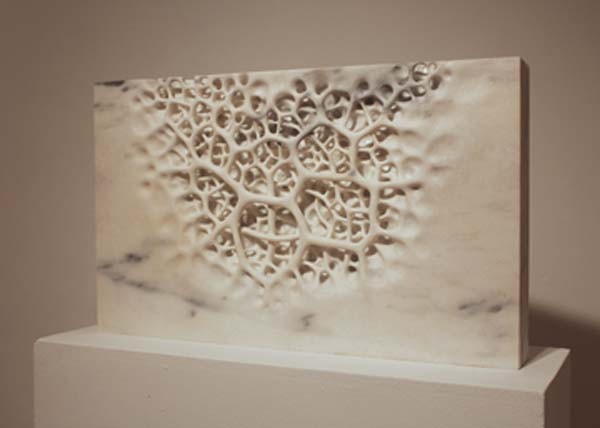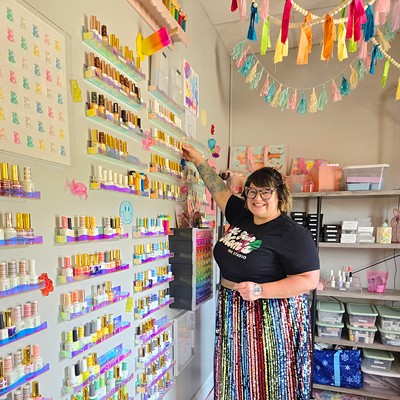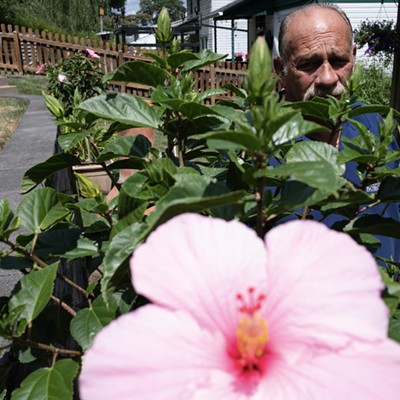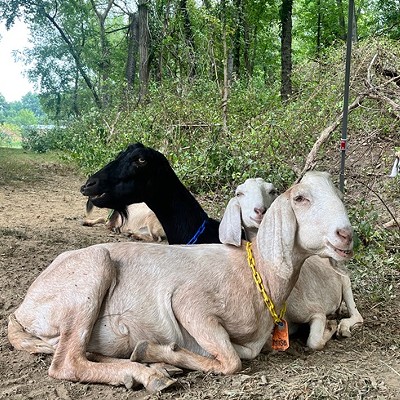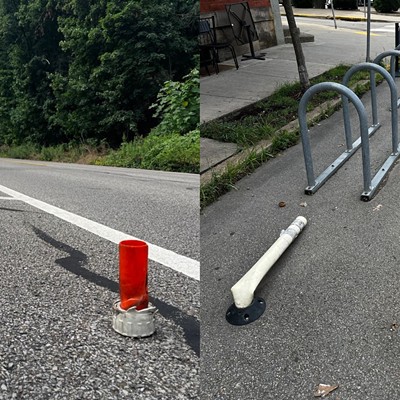"White" is a word with numerous meanings, some of which aspire to uniformity. But in art as in life, white covers a range of hues from arctic to bone, and can include subtle and not-so-subtle variations of surface, texture and other impurities. So it's not surprising that The White Show, guest-curated at Pittsburgh Center for the Arts by Vicky A. Clark, is far from monotonous.
Though white is the shared characteristic, the unifying theme is subtlety: The exhibit is subtitled "Subtlety in the Age of Spectacle." It's an unusual organizing principle for an art exhibit, and it gives the viewer something to think about. The exhibit includes a solid mix of 20 artists, local and distant, and features works that are predominantly formal, conceptual and narrative. Understandably absent is "white" as a racial construct — that's a whole other show, and one that may never be.
Can a work be too nearly, completely white? John Noestheden's "Pi Page Two" (2008) is simply some of the sequence of digits of pi pressed into the paper, but there's a suggestion of the sublimity and complexity of mathematics. Mark Franchino's "Good, Better, Best Soap" (2012) seems a wry sendup of the purity promised by certain consumer goods.
A few pieces might be described as anti-illusions, things that require close looking to perceive them. Jeremy Boyle's "untitled (after charles ray)" (2003) is among the subtlest works, with a white disk spinning atop a white pedestal, and once noticed it amuses. "Pearl" (2011), by Delanie Jenkins, consists of painted scraps of paper peeling up at the edges, giving them a surprising richness of reflections and shadow as one moves past.
Some pieces stand out by virtue of being not-all-that-white, such as Amanda Means' "Water Glass #20" (2004), which contrasts a glass of milk against a black background. A different tack is taken by Eva Faye's "Punctured Painting #6" (2011), a softly hued sheet of vellum that's been cut, punctured and hung away from the wall to create an elaborate interplay with its own shadow.
The mood throughout is largely contemplative. More breathing room in the white cube — as modern galleries are sometimes tagged — would have been even better, but the show's fine the way it is. Catalog available.

